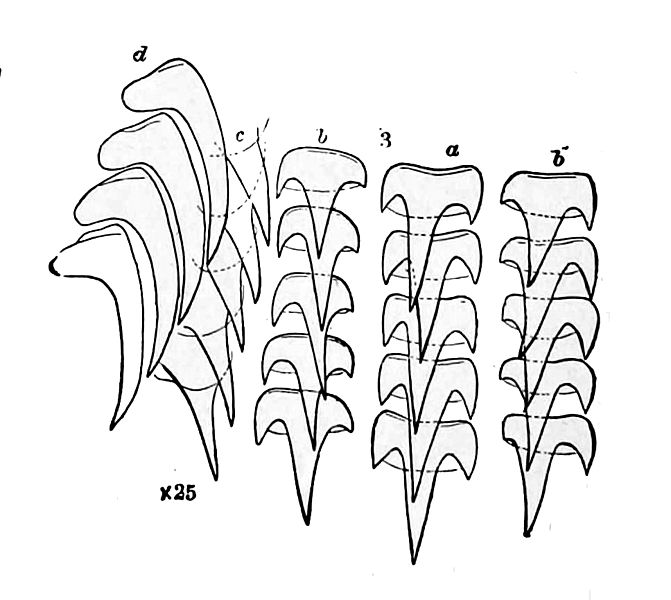We just learned about the Le Prieur Rocket.
Another part of rocket history is the book The Rocket into Planetary Space by Hermann Oberth.
Oberth lived in Germany, and after reading the science fiction books by Jules Verne he loved thinking about rockets.
He became a scientist and wrote a book about launching rockets into space called "Die Rakete zu den Planetenräumen" which means "The Rocket into Planetary Space".
Later on he wrote another book called "Wege zur Raumschiffahrt" which means "Ways to Spaceflight".
In 1929 there was a movie called "Frau im Mond" which means "Woman in the Moon", and the director of the movie asked Oberth to make a fake rocket to use in the movie.
When it was made, the movie had the most real looking rocket ever made on film, with a multiple stage rocket, liquid fuel and other real parts of rocket science.
Oberth later went on to work for NASA to help make rockets for space flight.

(from: wikipedia - hermann oberth)
Kid Facts - Blast from the past: Earthquake Swarm








